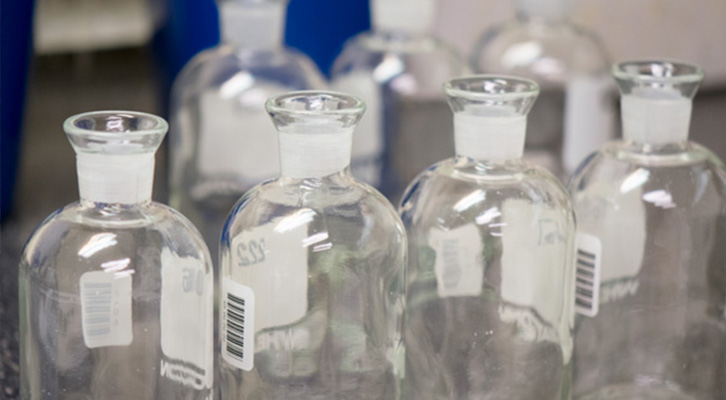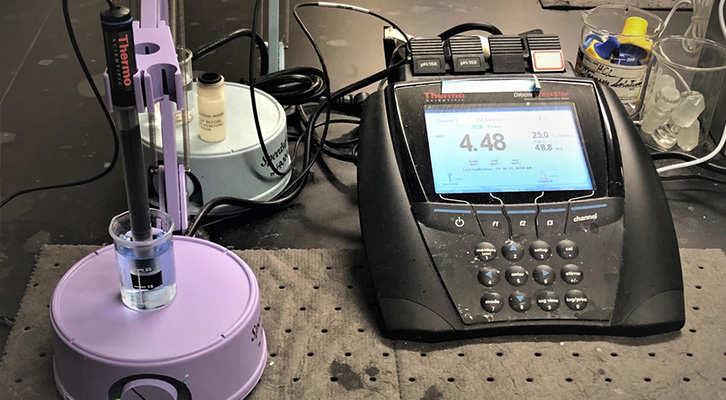Anaerobic treatment is a process where wastewater or material is broken down by microorganisms without the aid of dissolved oxygen. However, anaerobic bacteria can and will use oxygen that is found in the oxides introduced into the system or they can obtain it from organic material within the wastewater. Anaerobic systems are used in many industrial systems including food production and municipal sewage treatment systems.
Anaerobic digestion is commonly used to treat sludges in the first areas of a wastewater treatment plant. This process is popular because it is able to stabilize the water with little biomass production. Anaerobic treatment occurs in many different stages. The key microorganisms are methane formers and acid formers. The acid formers are microorganisms that create various acids from the sludge. Methane formers convert the acids into methane.
The two main anaerobic systems are batch systems and continuous systems. In a batch system, the biomass is added into a reactor that is sealed for the rest of the digestion process. This is the simplest form of anaerobic treatment but can have odor issues associated with it. As the most simple, it is also one of the least expensive ways to achieve treatment.
A continuous system has organic matter constantly added to the treatment system. Since it is continuously being fed, there is a need for the byproduct to continuously be removed. The byproduct can result in a constant source of biogas, which can be used as an alternative source for energy. This system is usually more expensive to operate because of the need for constant monitoring and manpower.
Biogas is produced as the bacteria feed off the biodegradable material in the anaerobic process. The majority of the biogas produced is methane and carbon dioxide. These gases can be stored and used for energy production. The methane in the biogas can be burned to produce heat and electricity. The heat and electricity can be used to aid the process of the anaerobic system by providing power and heat for digestion to occur.
Biogas can also be used as an alternative source for fuel. This has received a lot of attention due to the ever-rising cost of burning fossil fuels. To produce fuel, the biogas must be treated to reduce or eliminate hydrogen sulfide. The treatment may become expensive but is necessary because the EPA has strict limits on the amount of hydrogen sulfide released into the atmosphere.
Whether it is aerobic or anaerobic treatment, each treatment system has its place in the world today. They are very different in the process but both are used to achieve maximum degradation while meeting the strict regulations set by the environmental agencies that regulate what is released into the air, ground, or water.



 The purpose of a microscopic evaluation is to determine the biological health of a wastewater treatment system. The results can be used to help predict Biochemical Oxygen Demand (BOD), Chemical Oxygen Demand (COD), TOC, and TSS results or to determine whether or not to supplement the system with nutrients or bacteria after an environmental upset. The results will also help to determine the degree of toxicity caused by an upset condition.
The purpose of a microscopic evaluation is to determine the biological health of a wastewater treatment system. The results can be used to help predict Biochemical Oxygen Demand (BOD), Chemical Oxygen Demand (COD), TOC, and TSS results or to determine whether or not to supplement the system with nutrients or bacteria after an environmental upset. The results will also help to determine the degree of toxicity caused by an upset condition.